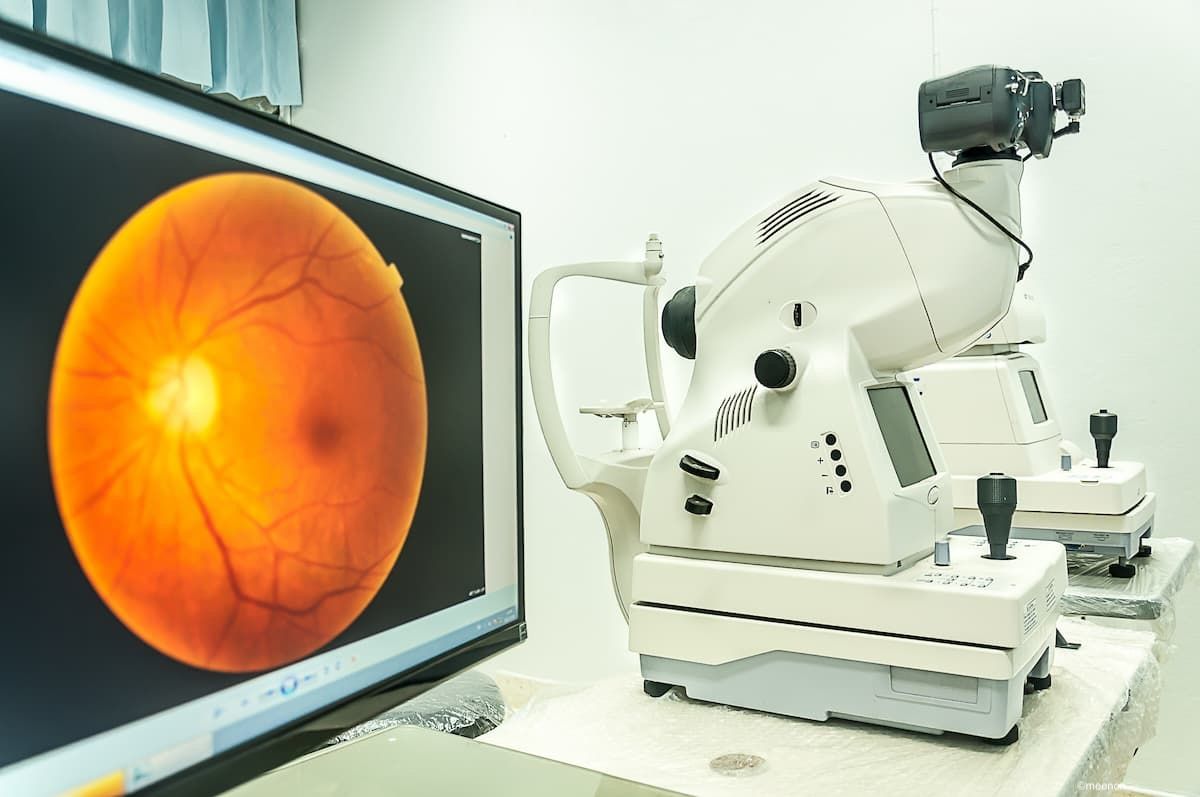Article
Clinical features only part of puzzle for infiltrates
History and clinical features provide clues to the etiology of a corneal infiltrate, but sometimes may be misleading in suggesting whether a lesion is infectious, according to one expert.

"Ultimately, the clinician is responsible for weighing multiple factors in order to arrive at an accurate diagnosis and appropriate treatment," said Dr. Hwang, professor of ophthalmology, co-director, cornea service, and director, refractive surgery service, University of California, San Francisco. "Depending on the clinical context, it may be necessary to assess smear or culture results, biopsy findings, or therapeutic response to guide appropriate clinical decision-making."
In discussing the differential diagnosis of active infective corneal infiltrates, Dr. Hwang limited his remarks to lesions caused by bacteria, fungi, parasites, and atypical bacteria, excluding viral and postinfectious entities.
Various clinical signs also may suggest a particular etiology. In terms of lesion morphology, a hemispherical or ring configuration, fractal-like edges, and contiguity all favor an infectious etiology whereas noninfectious lesions more often have a discoid appearance and are nebulous, amorphous, or dispersed.
In addition, infectious infiltrates may be unifocal or multifocal and commonly have a more homogenous opaque or white appearance. On the other hand, a lesion that is diffuse, inhomogeneous, translucent, or off-white, gray-white, or yellow-tinged is more likely to be noninfectious, Dr. Hwang said.
Lesion size and depth also may help with differentiating between infectious and noninfectious etiologies. Infectious lesions may be very large (>4 mm), show a proportionality between their linear dimension and depth, and tend to be more anterior than posterior due to the route of entry of the pathogen. In contrast, noninfectious infiltrates are unlikely to be >4 mm, show no proportionality between size and depth, and may be posterior only.
Epithelial defects are common with infectious infiltrates, and the surface of the lesion may initially have a raised appearance, followed later by sloughing of the superficial stroma. Noninfectious infiltrates tend to lack these features, Dr. Hwang said.
Location also may be a differentiating factor. Noninfectious infiltrates are infrequently juxtalimbal and if there is a graft involved, may cross the graft-host junction.
In contrast, infectious infiltrates may be juxtalimbal, and in eyes with a corneal transplant, tend to be confined to the graft. Infectious lesions also will manifest with inflammatory signs, including suppuration, severe edema, and even hypopyon, fibrin, and ring formation in select severe cases, whereas in eyes with noninfectious infiltrates there may be mild edema, but suppuration is absent, hypopyon is rare, and fibrin and ring formation are uncommon.





